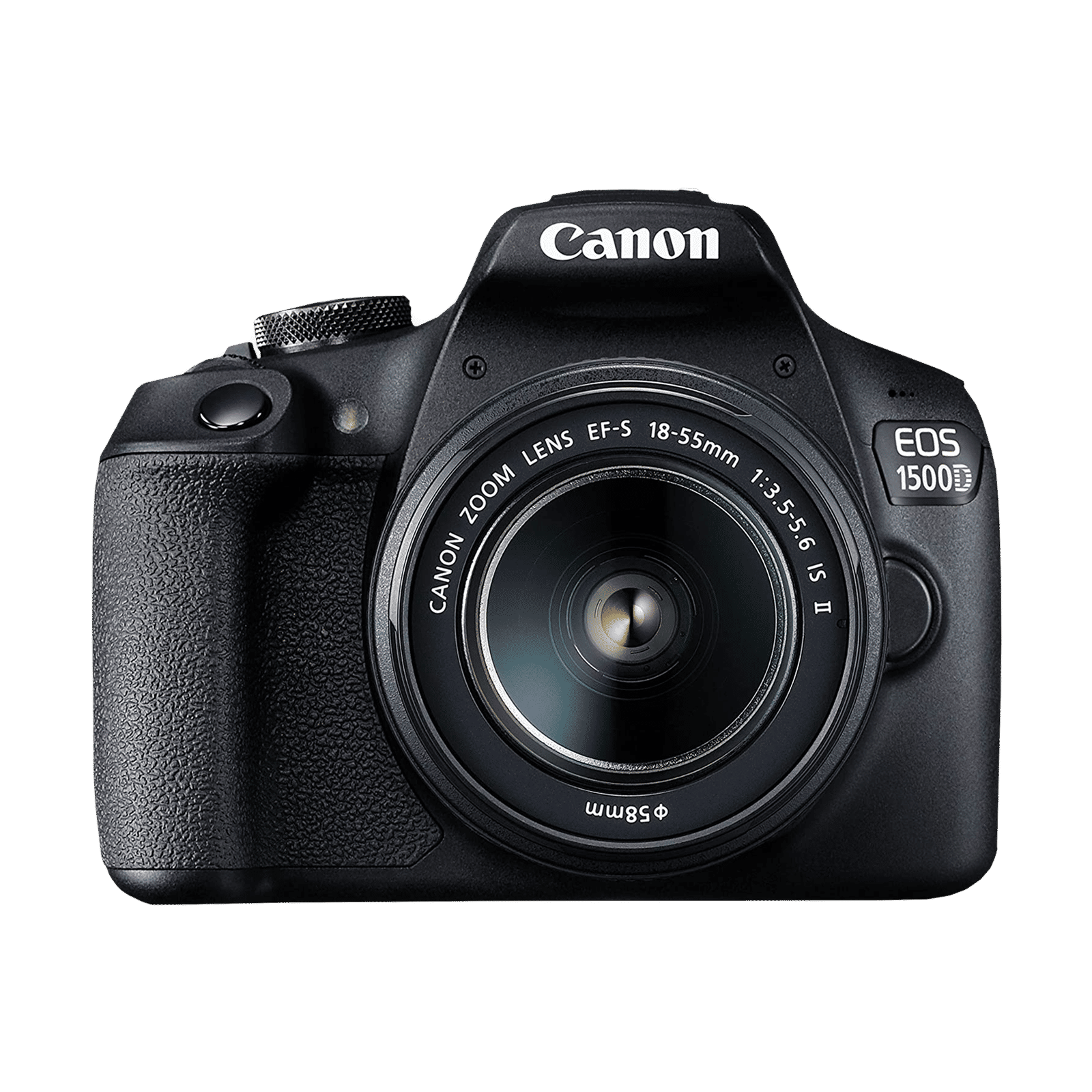If you ever wanted to record cars passing over a bridge at night or clouds floating by on a sunny afternoon, timelapse is a great way to capture the dynamic nature of those scenes. Today, you don’t need expensive camera gear to capture a timelapse video and can do it effortlessly with your smartphone. If you are wondering what is timelapse and how to use timelapse in cameras then you have come to the right place.
In cameras, a frame rate is the number of images or frames that appear in a second of video. In most videos, the frame rate and the playback speed are the same but in timelapse video, the frame rate is stretched out in such a way that at normal playback speed, the video appears to be speeded up. In other words, timelapse is a video editing or recording technique that manipulates the frame rate.
How to make a timelapse video on your smartphone
While we view timelapse as a video, it is essentially a sequence of raw images, and photographers tend to take a series of photos and then convert the sequence into a video with a video editing app. Time-apse gained more prominence when Apple introduced the feature in its camera app in 2014.
ALSO READ: Best phones for video recording in 2024
For most of us, our smartphone is the primary camera and it also happens to be the easiest to shoot a timelapse video. Here’s how:
Step 1: Open the camera app on your iPhone or Android smartphone.
Step 2: Navigate to the timelapse option by swiping through the menu.
Step 3: Start the timelapse video recording and be patient to get the best result.
With timelapse, it is important to know that you will need to record for an extended period to get good results. For example, a 10-minute recording is equivalent to only about 20 seconds of footage with the interval equivalent to one second. It is also recommended that you shoot with your smartphone mounted on a tripod to get a steady shot.
How to create a timelapse using a video camera
If you have a modern video camera like a DSLR or a mirrorless camera, they will feature a dedicated timelapse mode similar to your smartphone. These cameras are built with hardware or software to mimic an intervalometer, an instrument used to regulate the amount of exposure that the camera lets in during a set duration between frames. Now, mount the camera on a tripod to get steady shots, but if your DSLR doesn’t have this feature, follow these five steps:
1. Choose a stable tripod or surface
Set your camera on a stable tripod or surface to ensure your video stays still and captures high-quality video without any shakiness.
2. Use still photo mode on your DSLR
While recording a timelapse, make sure to use still photo mode with manual exposure, which changes from frame to frame.
3. Use a slower shutter speed
To get a blurred-motion effect, use a slow shutter speed. With a faster shutter speed, your video will look choppier.
Products in focus
4. Use a timer
Check if your camera has an interval timelapse or interval mode. Use this mode if you have this feature since it will make recording a timelapse effortless on your DSLR.
ALSO READ: Beginner’s guide to buying a camera for shooting videos
5. Import and stitch together
Once you’ve captured all your individual stills, import them into your editing software and stitch them all together.
It is important to remember that choosing the right interval will define your timelapse. The slower your interval is, the faster will be your timelapse. Once you stitch all your photos together, playback at a speed of 30 frames per second (fps) for an accelerated real-time video experience.
Unleash your inner geek with Croma Unboxed
Subscribe now to stay ahead with the latest articles and updates
You are almost there
Enter your details to subscribe

Happiness unboxed!
Thank you for subscribing to our blog.
Disclaimer: This post as well as the layout and design on this website are protected under Indian intellectual property laws, including the Copyright Act, 1957 and the Trade Marks Act, 1999 and is the property of Infiniti Retail Limited (Croma). Using, copying (in full or in part), adapting or altering this post or any other material from Croma’s website is expressly prohibited without prior written permission from Croma. For permission to use the content on the Croma’s website, please connect on contactunboxed@croma.com
- Related articles
- Popular articles














Karthekayan Iyer
Comments